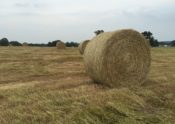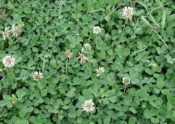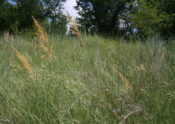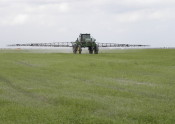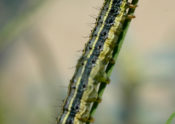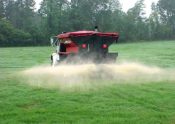
Soil additives are different from traditional fertilizers and soil amendments in that they usually have little or no nutrient content. There is no requirement for these products to have a guaranteed analysis label, as long as they make no claim(s) regarding fertilizer value (i.e. N-P-K). Many of these products state on the label that they are not a substitute for a fertilizer program, but enhance the effectiveness of fertilizer normally applied or make nutrients in the soil more available to the crop. They are claimed to improve soil… Read More →

